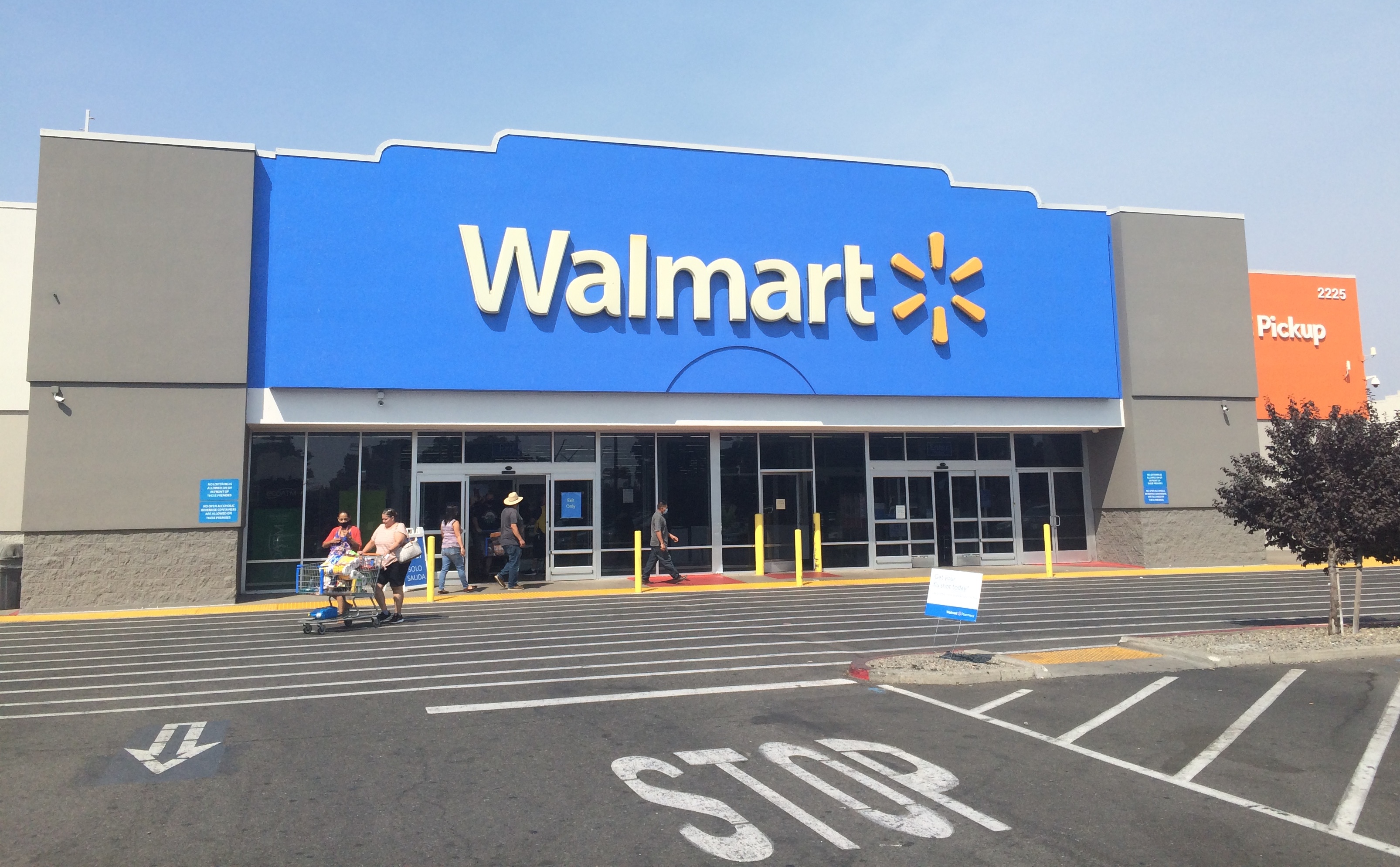
Think on this picture, a thing many folk have seen lately. You just sent back some online purchase; you did not like it very much. Maybe that little lamp looked quite ‘fugly in real life,’ actually. You waited for that shipping label to come back like usual.
Imagine logging into your account and seeing a delightful surprise: Refund issued right before your eyes, along with a message saying, No need to return the item at all. It almost feels too good to be true—cash back in your pocket and the item still in your hands!
If this happened when shopping on Amazon or Walmart, you are not alone. This is not some computer issue or bad trick, you know. This lovely thing is part of a new store plan growing fast now. It is called the ‘returnless refund’ by companies now. It changes how we think about sending stuff back later. For many years we thought returns worked just one way.

If something did not fit or was an extra gift, it got returned. Maybe your little kid added some item to the cart secretly. You would pack it back up to send it right back to the shop. The store gets it and then looks it all over. This old system surely works but was a big pain.
Anyone fighting with tape or standing in line knows this. Now with this newer rule, the second part is skipped. That means sending back the item you just bought online. You get your money back right away, like you thought. Nobody is asking you to pack up the thing to send back. But the needed thing, the shipping label, does not come.
This trend is not just surprising; it’s refreshing for many shoppers who find returns to be a hassle. So what’s the motivation behind this generous policy? The big question arises: why would major retailers like Amazon, Walmart, Target, Overstock, and Chewy allow you to keep items while issuing refunds?

It might look like they are being very kind indeed. But do not think this is just about being nice at all. This smart idea is a very clever business move, really. Its main goal is saving money for the company too.
Retailers want happy buyers while cutting back costs somewhere. Let us look more at this money idea right now. Shipping things back always costs quite a bit for stores. This is not just about what the customer pays for it. It is also about the big money the company spends too much. Think about what is involved from the store’s side.
They pay for the postage to get the item back again. Then someone looks at the item when it comes in. They check if it is okay to sell it again later. Logistics gets it back into the store’s inventory space. Sometimes they pay to clean or fix it up too. When you add this all up, the cost is high.
Handling returns can actually be more expensive for retailers than the cost of the item itself. For instance, consider a $12 pair of socks; if it costs them $8 to $10 to process the return, it simply doesn’t make sense financially to pursue it—what a waste of resources just to get the socks back!
What also happens to the item once it gets back there? If those socks were used, they might not sell again easily. They might end up just being thrown away sometimes. So the store paid $8 to $10 for socks maybe going to the trash. Stores look at these costs very closely and see the point. Instead of that expensive dance, they see a clear result here.
Rather than incurring these unnecessary costs, it’s simply more practical for retailers to let customers keep the items. This strategy isn’t limited to inexpensive items; it also extends to bulkier products that can be costly to return, like furniture or heavy appliances, which often have high shipping fees.
Opened personal stuff is hard to take back hygiene-wise. Custom or seasonal items probably won’t sell later. Stores find the things not worth the cost or trouble to bring back inside facilities. Stores admit some items cost too much for post returns anyway. Letting customers keep items builds trust for sure. They get a refund but do not send it back later.

This helps make shoppers feel better about the store too. They hope happy buyers will stay loyal and buy more often. This holds onto customers without big ad money. A study showed return experiences make buyers return to you. Seventy-three percent of shoppers buy again after good returns. That is a powerful number showing this works well.
Making returns easy keeps people coming back to shop. It turns a bad thing like a return into a good feeling. Experts on buyers talk about this trend a lot. It’s about making returns painless for shoppers. This describes the idea focused on customers, really. Eliminating the return step lessens that pain very much. It makes the whole process much faster and easier.
Amazon says they trust their customers first this way. They show they value your happiness the most always. This trust way builds a better bond between you and the store. It makes you feel important and also looked after. The company takes a small cost for your happiness.
Amazon is a leader in doing this big time. The FBA Non-Return Solution started last August, the report says. This program is for items Amazon ships for sellers. Things must meet rules for returnless refunds, you know.
Retailers typically reserve this returnless policy for items that aren’t hazardous or overly heavy, and generally, products priced at $75 or less qualify. This approach demonstrates that these decisions are meticulously planned, rooted in cost management rather than sheer randomness.

Recognizing the effectiveness of this model, Walmart, a major competitor of Amazon, quickly adopted a similar returnless refund policy. They analyze the expense of handling returns, opting to skip retrieval if the costs exceed the item’s value—an intelligent business move that reflects how these companies are adapting to new consumer trends.
Other big stores also do this in the United States. Target, Overstock, and Chewy are named as ones doing it. This trend goes across different kinds of stores today too. Chewy told some folks to give items to pet shelters instead of sending them back. This helps animals and avoids the return work, you know. This idea for returns is now growing across the world.
Policies like Amazon and Walmart’s will go everywhere soon. Amazon lets sellers internationally use returnless refunds for cheap things. High return costs are a problem for online stores globally. This trend affects how online shopping works around the globe.

This no-return policy is also being applied to products sourced from China, with Walmart extending this practice to sellers on its marketplace. Sellers have the freedom to choose the price range that qualifies for this policy, thereby adding flexibility to the marketplace strategy, which has now been embraced by platforms like Shein and Temu.
Sophisticated algorithms are now at the forefront of this return decision-making process. These systems evaluate a multitude of factors for each return request, including the initial purchase price and the reasons behind the return, making the experience smoother and more efficient for both shoppers and retailers.
Your history of returns is a big factor here. The choice for a returnless refund is not random at all. It is based on the data they see from you. Stores use tech to find when old returns are not good. The computer figures the cost of return versus item value fast. It checks if selling it again is possible then.
Factors like your purchasing history and the rationale you provide for the return may also play a role in the decision-making process. If it’s cheaper for the retailer to refund you than to process a return, they will opt for the refund; it’s a strategic choice that you may not be aware of. Amazon’s introduction of the FBA Non-Return Solution was a calculated move in this direction.
It let smaller sellers use this idea on their items. This program has helped many businesses sell on Amazon now. The goal was making returns easy, cutting cost and keeping folks happy. By letting sellers do it, Amazon spreads the savings wide.
This makes returnless refunds a normal thing online. Look ahead, and more things might be added to the list. Stores get smarter with data analysis all the time. As online shopping grows, this will always increase. It is a big change in how stores handle returns. It is based on what happens in the online world today.

Finding out you keep an item and get cash back is great. It makes a return easy and a nice surprise for you. It saves your time and effort returning the item you had. For the store, it’s smart money sense to keep buyers happy.
For consumers, this returnless refund feels like an added bonus to the shopping experience, simplifying the process of handling unsatisfactory purchases. The next time you receive that unexpected refund notification, you’ll understand the smart strategy behind it.
Related posts:
Goodbye Walmart and Amazon returns as we know them: you get your money back without asking for the item?
Target’s Cat & Jack Return Policy: What You Need To Know
Say goodbye to traditional returns – Walmart, Amazon and Target will refund your money without asking for the product back






